Symmetrical Shapes
Symmetrical shapes are discussed here in this topic.
Symmetry is an important geometrical concept commonly seen in nature and is used in every field of our life. Artists, manufactures, designers, architects, and other make use it the idea of symmetry.
Any object or shape which can be cut in two equal halves in such a way that both the parts are exactly the same is called symmetrical. The line which divides the shape is called the symmetry. So, if we place a mirror on the line of symmetry we can see the complete image.
When a symmetrical shape is folded along the line of symmetry, one half of the shape exactly lies over the other half which shows that one half of the shape is exactly the same as the other half.
The word 'symmetry' comes from a Greek word. 'symmetria' meaning measured together.
There are many objects such as leaves, flowers, buildings, etc, which are symmetrical.
In our surroundings, we find many figures and objects each of these figures or objects can be folded along a straight line in such a way that it is divided equally into two halves. The concept of symmetry has been beautifully used in the construction of monuments like the Taj Mahal, the Red Fort, the Hawa Mahal, etc.
The dotted line which divides the figure into two equal parts is called its Line of Symmetry.
There are many things around us which are symmetrical. We can see symmetry in Nature as well. Look at the following pictures and observe.
Observe that for each of the above figures, the one half on one side of the dotted line is exactly identical to the one half on the other side of the dotted line. When we fold these figures along the dotted line, one half of the figure would fit exactly over the other half.
The dotted line is known as the line of symmetry, which is defined as follows:
Definition of Line of Symmetry:
A line dividing a given figure into two identical halves, is called the line or axis of symmetry and the figure is said to be symmetrical about the line.
We know that in one symmetrical figure may have more than one line of symmetry.
A line of symmetry can be drawn vertically as well as horizontally depending upon the shape of the object.
Some symmetrical shapes have one line of symmetry, some have two and some have more than two, as shown below:
(i) Examples of the shapes having one-line symmetry:
One-Line Symmetry
Some shape may have two or more lines of symmetry like a circle has infinite lines of symmetry. A square has four lines of symmetry. A rectangle has two lines of symmetry.
(ii) Examples of the shapes having two - lines symmetry:
Two – Lines Symmetry
(iii) Examples of the shapes having three - lines symmetry:
Three – Lines Symmetry
(iv) Examples of the shapes having four - lines symmetry:
Four – Lines Symmetry
(v) Examples of the shapes having many - lines symmetry:
Many – Lines Symmetry
The line which divides the shape into two equal parts from top to bottom is called the vertical line of symmetry.
Some objects have a horizontal line of symmetry which divides the shape into equal parts from left to right side.
Observe the following letters of English alphabet:
We see that each of the letters B, D, E, M has only one line of symmetry whereas each the letters H, I, O and X has two lines of symmetry. We can also see that each of the letter F, G, L, etc. has no line of symmetry.
A figure that does not have any line of symmetry is called non-symmetrical.
Some figures may have more than two lines of symmetry.
Thus we may conclude that;
(i) Some shapes have no line of symmetry,
(ii) some have one line of symmetry,
(iii) some have two,
(iv) some have three and
(v) some have many lines of symmetry.
A circle has innumerable lines of symmetry that pass through its centre,
The knowledge of symmetrical shapes and lines of symmetry is very useful for making symmetrical designs.
1. What are Symmetrical Shapes in Maths with Examples?
Answer:
A shape is said to be symmetrical if one half of the shapes is exactly the same as the other half.
Symmetry is all around us.
Observe these above figures, they can be divided into two identical halves.
Related Concepts on Geometry - Simple Shapes & Circle
● Polygon
● Angle
● Triangle
4th Grade Math Activities
From Symmetrical Shapes to HOME PAGE
Didn't find what you were looking for? Or want to know more information about Math Only Math. Use this Google Search to find what you need.
Recent Articles
-
Worksheet on Comparing and Ordering Decimals |Arranging Decimals
Apr 19, 25 12:16 PM
Practice different types of math questions given in the worksheet on comparing and ordering decimals. This worksheet contains questions mainly related to compare decimals and then place the decimals i… -
Comparison of Decimal Fractions | Comparing Decimals Numbers | Decimal
Apr 19, 25 11:47 AM
While comparing natural numbers we first compare total number of digits in both the numbers and if they are equal then we compare the digit at the extreme left. If they also equal then we compare the… -
Expanded form of Decimal Fractions |How to Write a Decimal in Expanded
Apr 19, 25 11:25 AM
Decimal numbers can be expressed in expanded form using the place-value chart. In expanded form of decimal fractions we will learn how to read and write the decimal numbers. Note: When a decimal is mi… -
Missing Numbers up to 10 | Worksheets on Missing Numbers up to 10
Apr 18, 25 04:53 PM
Printable worksheets on missing numbers up to 10 help the kids to practice counting of the numbers. -
Ordering Decimals | Comparing Decimals | Ascending & Descending Order
Apr 18, 25 01:49 PM
In ordering decimals we will learn how to compare two or more decimals. (i) Convert each of them as like decimals. (ii) Compare these decimals just as we compare two whole numbers ignoring

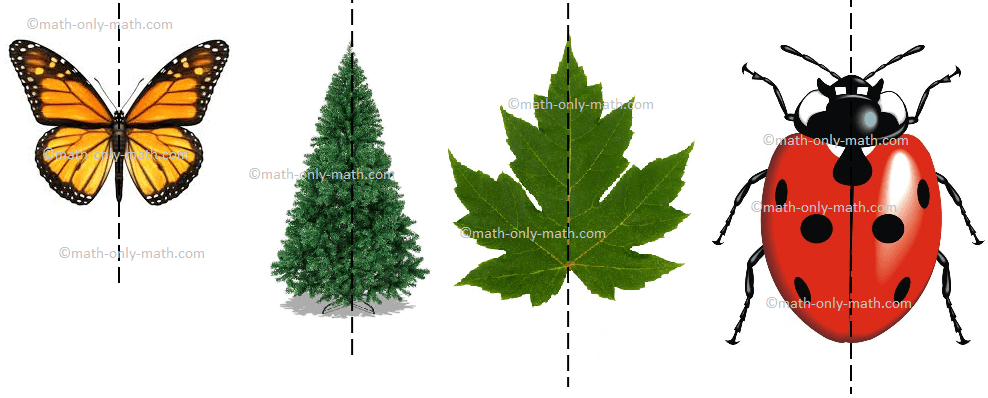

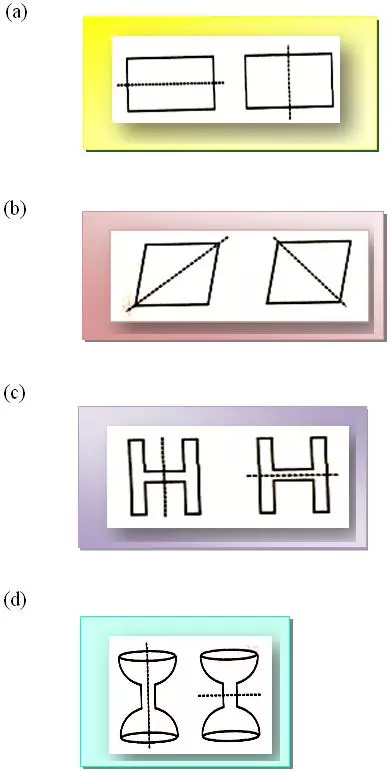

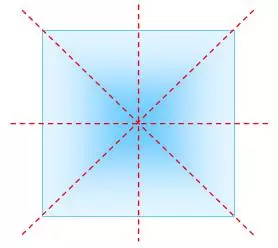
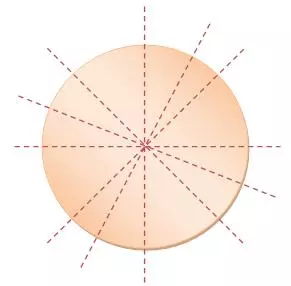
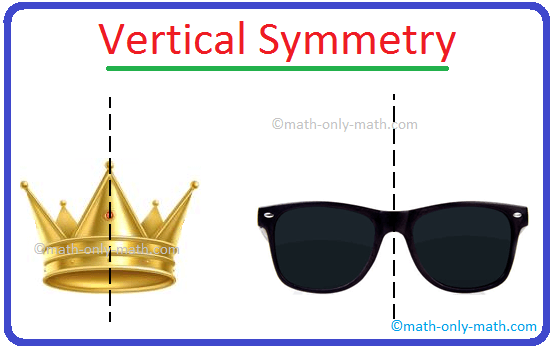
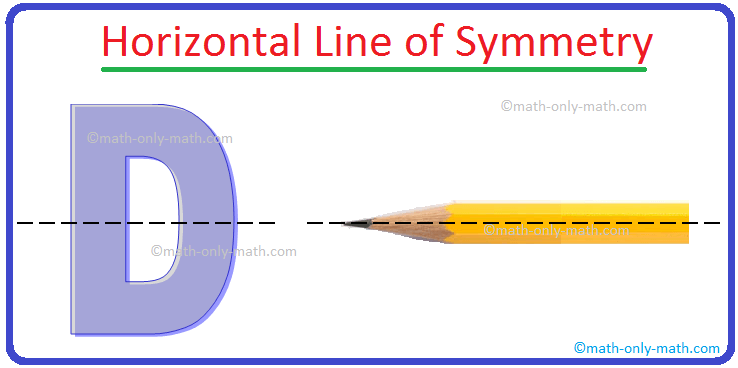

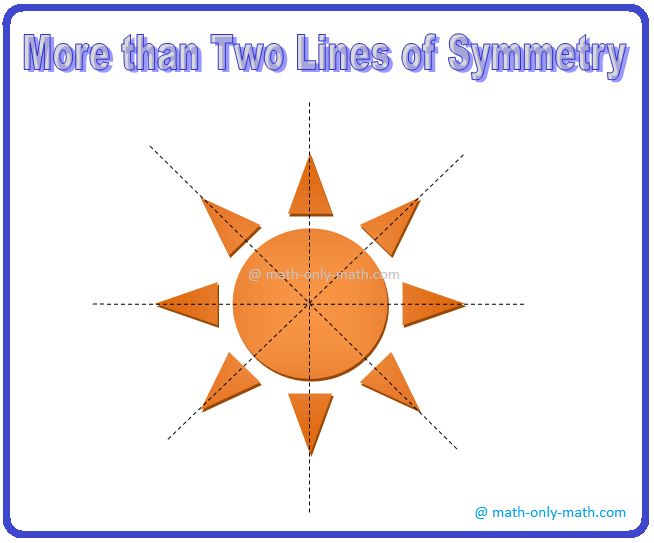
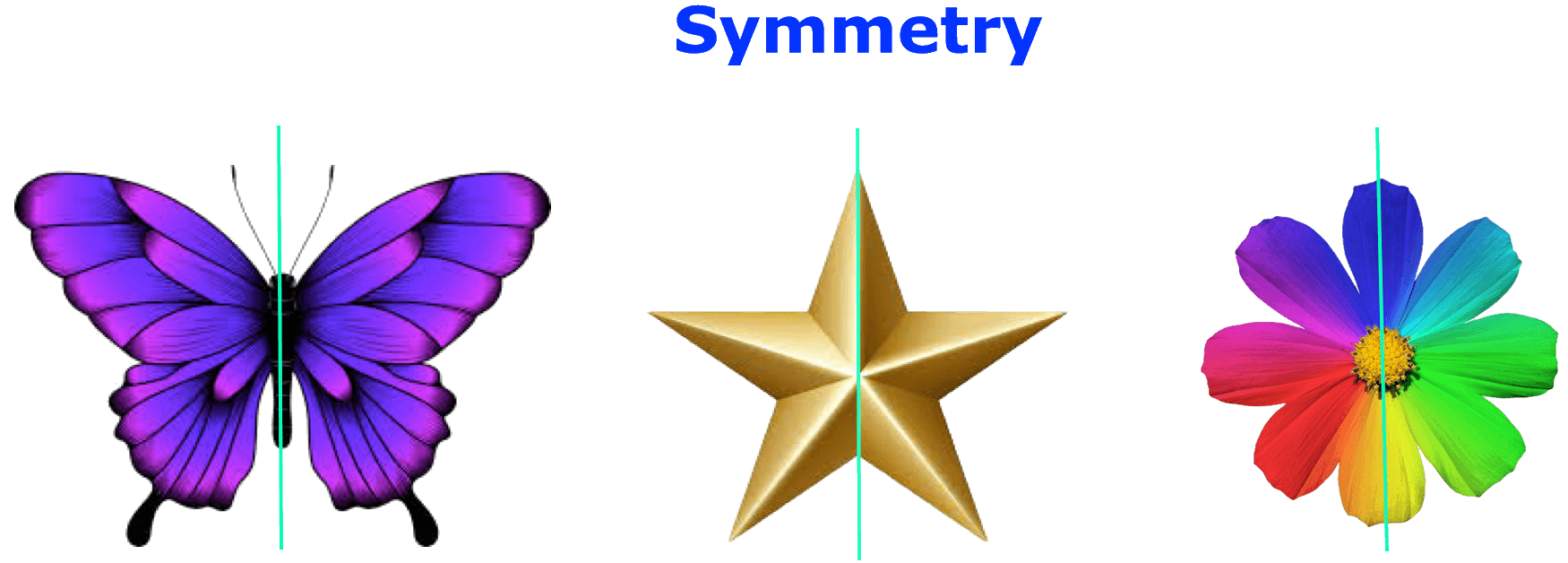

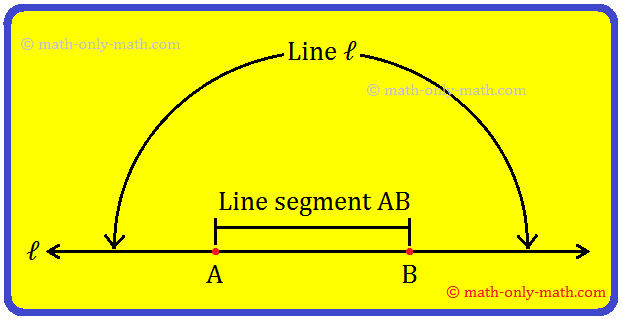
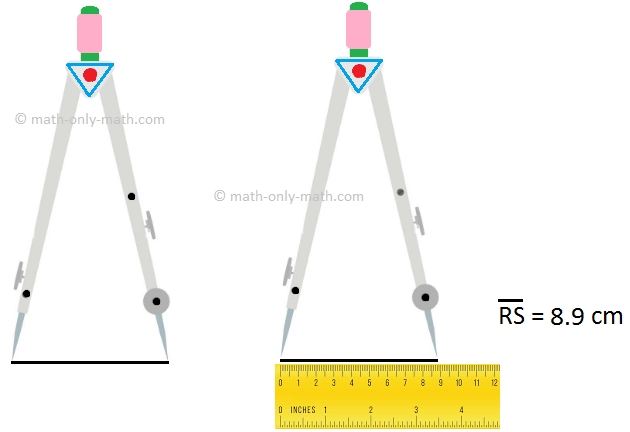
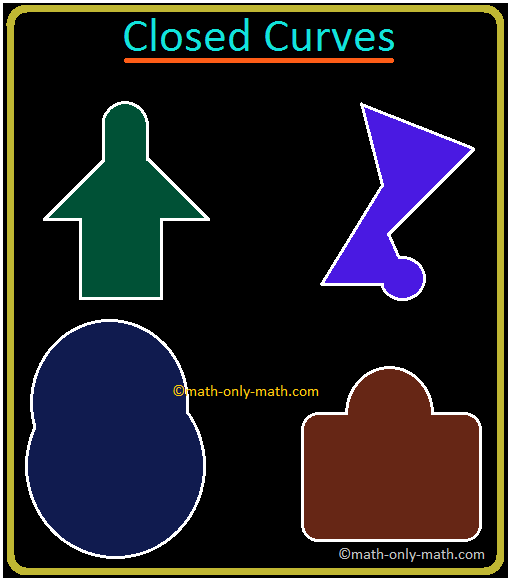

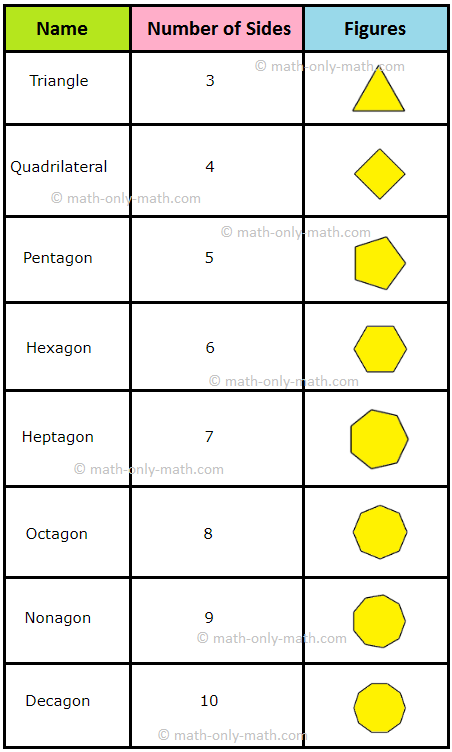
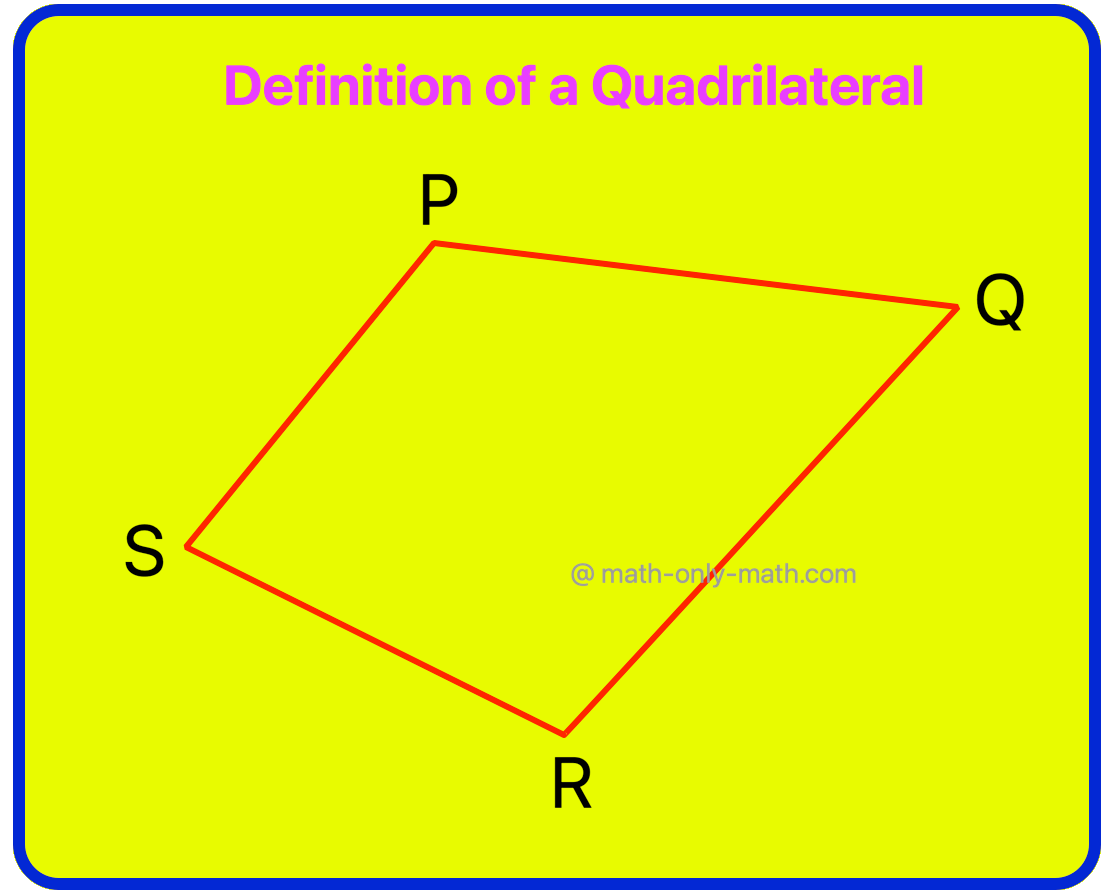

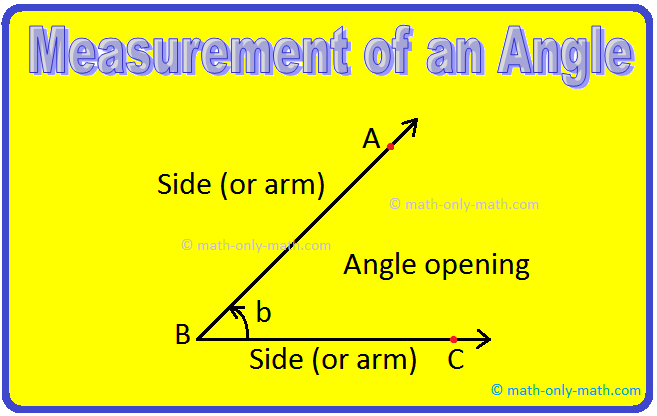
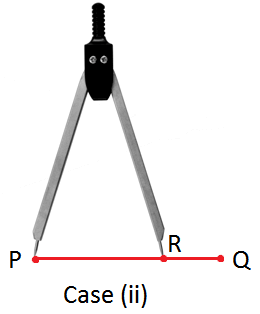


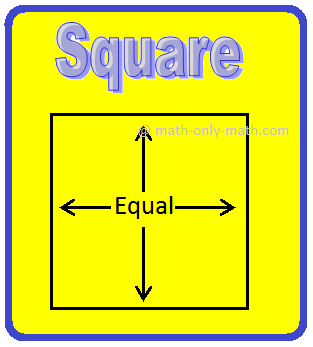
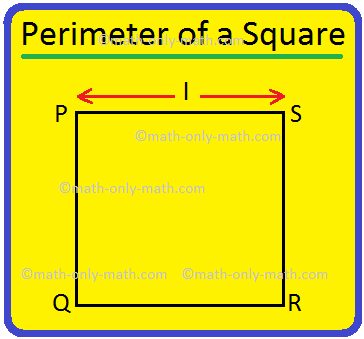







New! Comments
Have your say about what you just read! Leave me a comment in the box below. Ask a Question or Answer a Question.